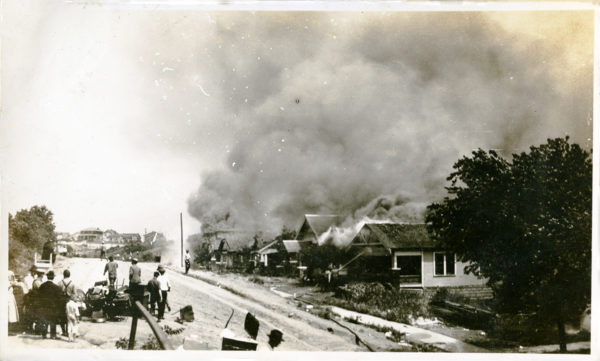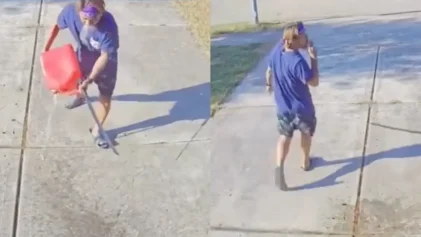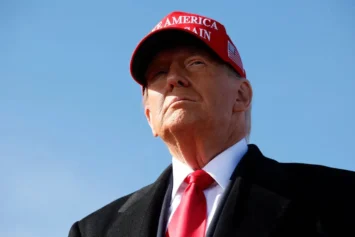Excavation on a potential mass grave possibly filled with victims of the Tulsa Race Massacre has begun nearly a century after the tragedy.
The excavation of Oaklawn Cemetery in Tulsa, Oklahoma, began on Monday and is expected to take three to six days, according to CNN. It was originally scheduled to begin in April but it was postponed due to the COVID-19 pandemic.

The project stems from the results of a geophysical scan of the area, which indicated there were underground anomalies consistent with a mass grave. Experts believe the grave could be filled with victims of the Tulsa Race Massacre.
“This is a historic day for Tulsa and for our country,” Mayor G.T. Bynum said in a statement on Monday. “It should not have taken 99 years for us to be doing this investigation. But this generation of Tulsans is committed to doing what’s right by our neighbors and following the truth wherever it leads us.”
“Because the scan is consistent with a mass grave, a team of some of the foremost researchers in the nation have assembled in Tulsa to assess both the presence and the condition of any human remains at the site in question,” Bynum added.
The killings began on May 31, 1921, in Greenwood section of Tulsa, where an upwardly mobile Black community had by then established a thriving district of businesses and residences that has come to be known as Black Wall Street.
The Washington Post, in a 2018 article on the history of Greenwood and how gentrification is affecting it today, described the spark for the conflagration that took so many Black lives nearly 100 years ago:
Dick Rowland, a 19-year-old shoeshiner, walked to the Drexel Building, which had the only toilet downtown available to black people. Rowland stepped into an elevator. Sarah Page, a white elevator operator, began to shriek.
“While it is still uncertain as to precisely what happened in the Drexel Building on May 30, 1921, the most common explanation is that Rowland stepped on Page’s foot as he entered the elevator, causing her to scream,” the Oklahoma Historical Society reported.
The Tulsa Tribune published a news story with the headline “Nab Negro for Attacking Girl in Elevator” and ran an ominous editorial: “To Lynch Negro Tonight.”
Soon, a white mob gathered outside the Tulsa courthouse, where Rowland was taken after his arrest. They were confronted by black men, including World War I veterans, who wanted to protect Rowland.
A struggle ensued. A shot was fired. Then hundreds of white people marched on Greenwood in a murderous rage.
The whites stormed the area and ultimately burned some 35 city blocks to the ground. Planes reportedly flew over the district and dropped kerosene bombs. The destruction and killing went on for two days until martial law was declared The official death toll is 35, but historians believe at least 300 Black people were killed.
Black survivors were forced into internment camps and were not able to claim their deceased family members. Instead, the corpses were buried by strangers. The dig could provide comfort to families who have been waiting for closure.
“The ultimate goal here is to be able to connect the victims of this event with their family,” Bynum said. “That is a tremendous challenge. That is not something we’d expect to have wrapped up at the end of the year. That’s something that will take years to do.”
“I’ve waited for this day for over two decades to find out the truth of Tulsa’s public secrets,” J. Kalvin Ross, a descendant of a man who lost his business during the massacre, told The Washington Post. “A lot of people knew about it but wouldn’t tell about it.”
If any human remains are recovered from the excavation, they will be examined to determine a cause of death. The city started a Facebook page to provide the public with updates and live stream footage of the dig.


